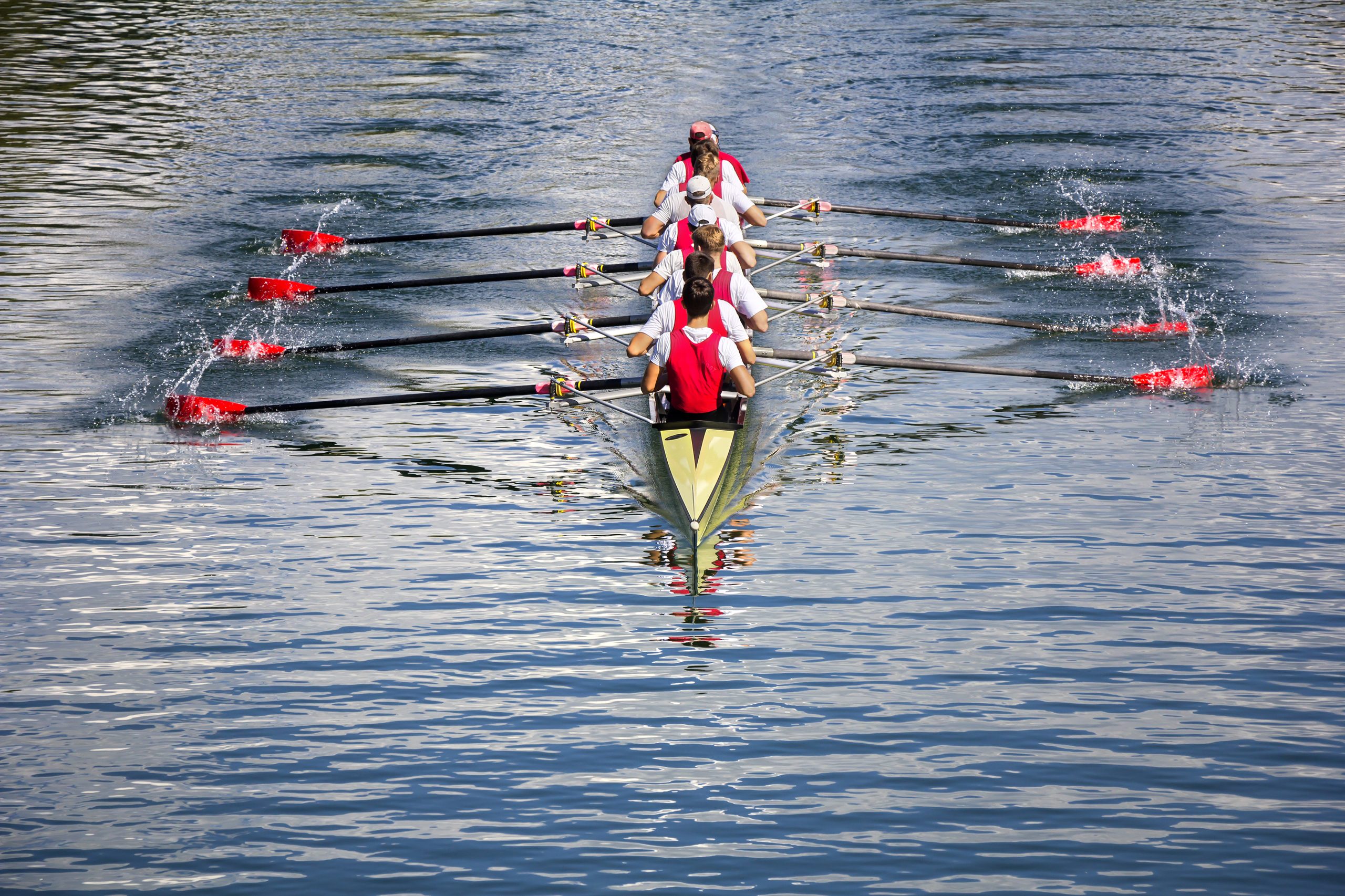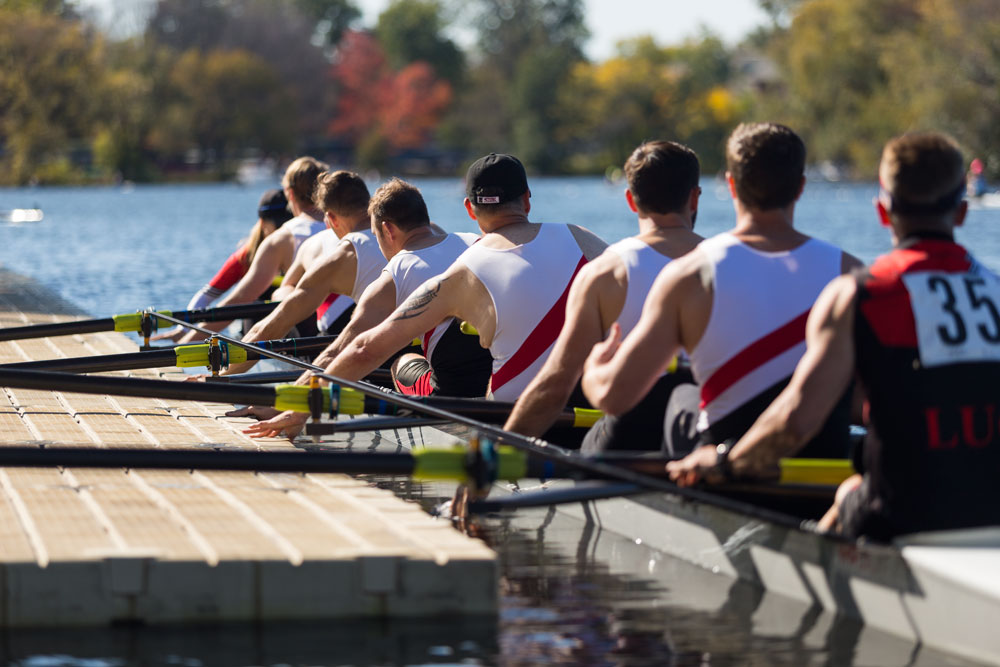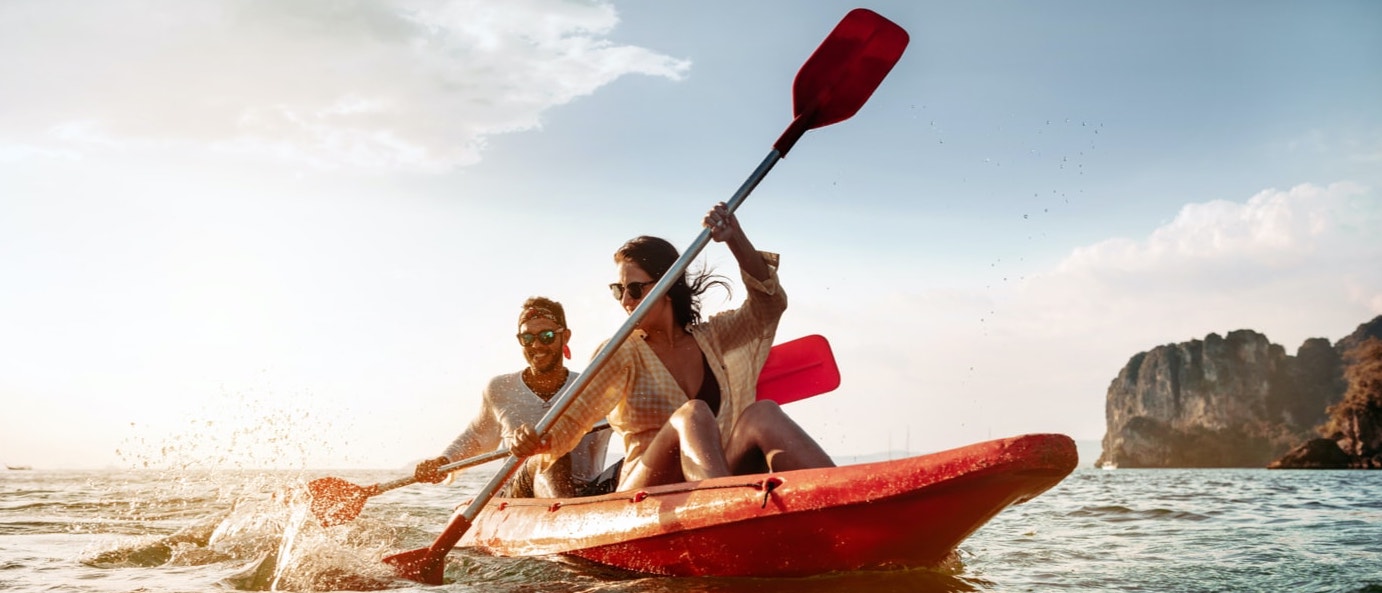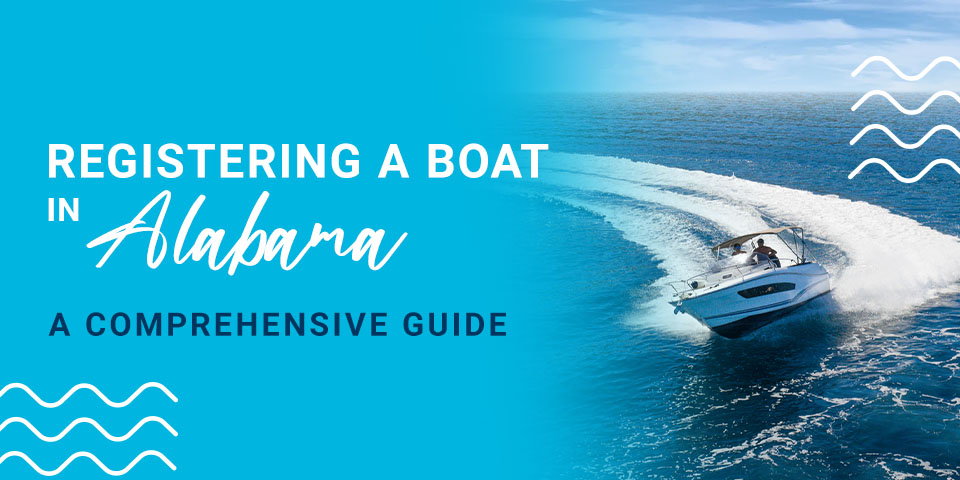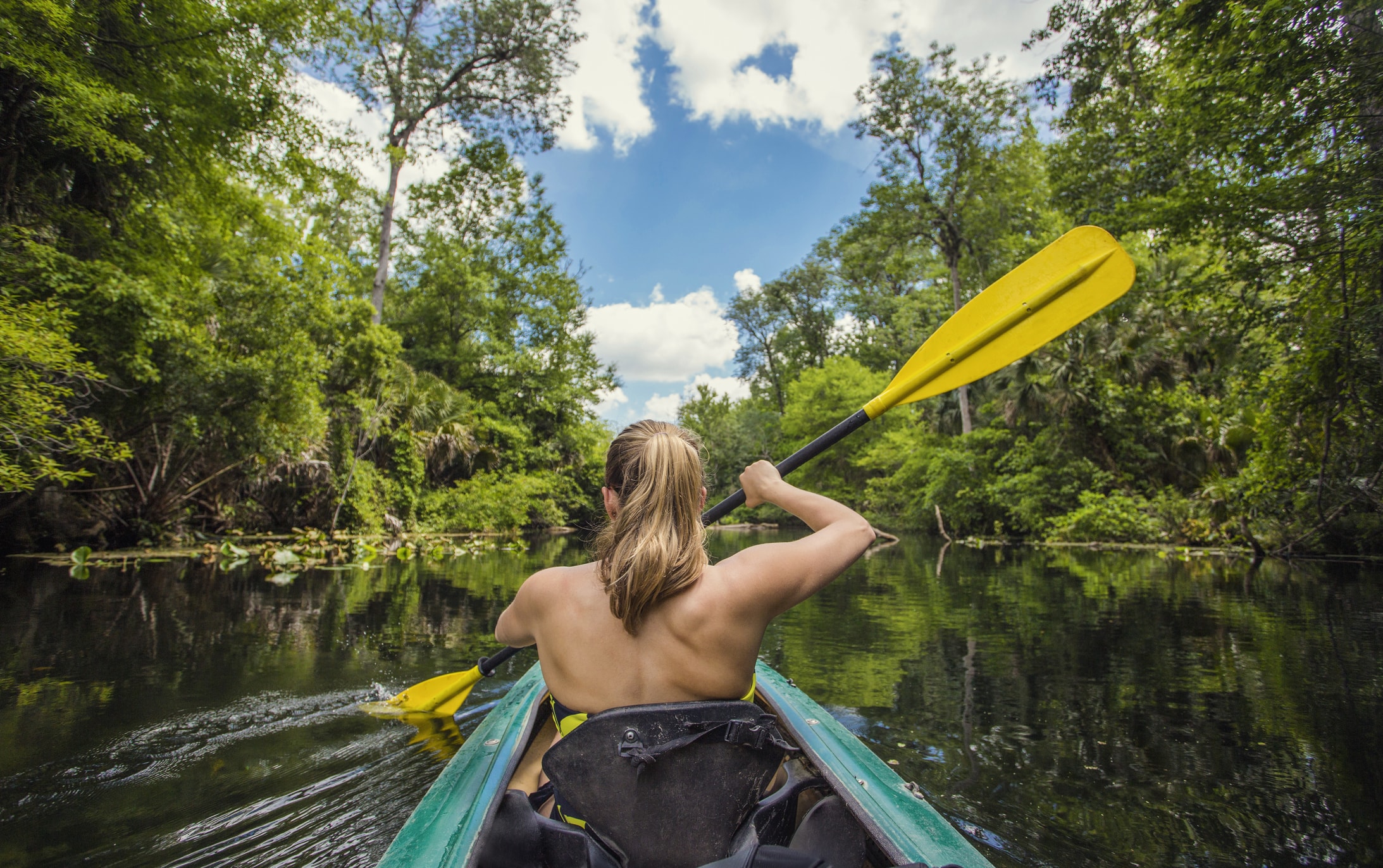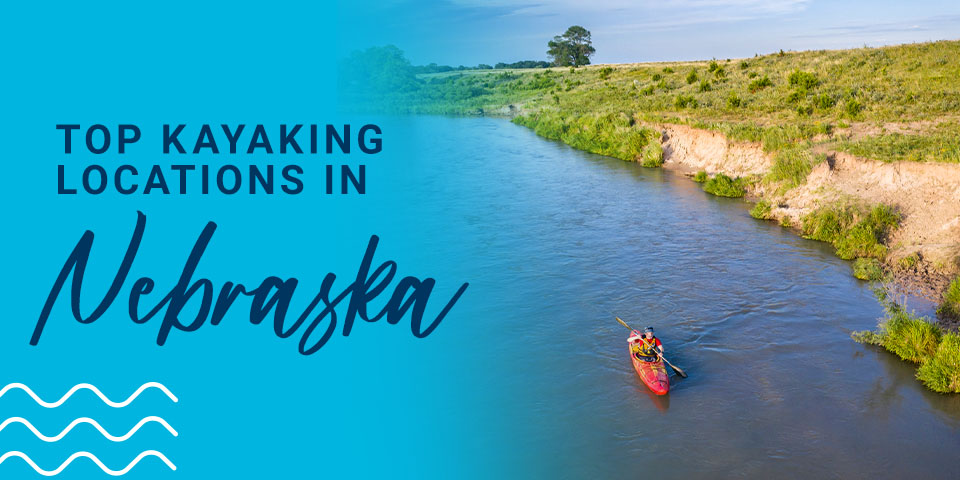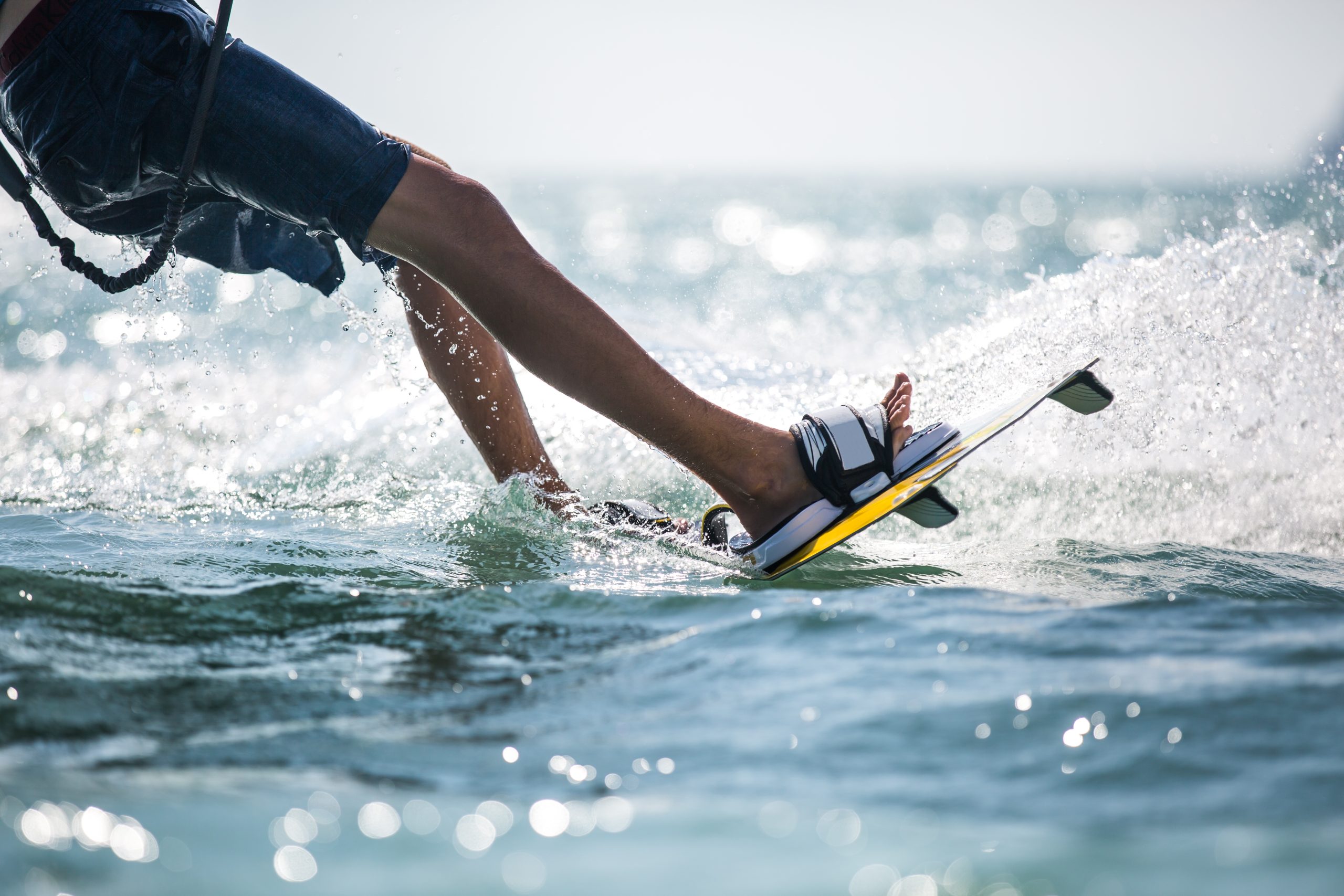Filters
A Guide to Docks for Rowing Shells and Larger Canoes
Docks play a vital role in urban recreational design as they add to the number of designated places for people to come together and participate in activities that build engagement. Like parks, docks attract local tourism by providing a hub for watersports and other waterfront activities, such as swimming and lounging on deck.
However, docks can vary based on the vessels they are designed for. Docks intended for boats, for example, are not the same as docks for rowing shells. Rowing shells or rowing boats are small, narrow vessels designed for the competitive sport of rowing. Kayaks and canoes, both of which use paddles and human effort to propel the vessel, are also in this category. As a result, city planners must install docks for these vessels that accommodate their unique designs.
What Makes a Dock Suitable for Rowing Shells?
When designing commercial docks for rowing shells and larger canoes, include specific features that accommodate the launching and retrieving of these unique boats. Here are features that make a dock suitable for rowing shells:
- Stability: The docks should be stable enough to prevent tipping since shells and canoes have a higher risk of capsizing than larger boats.
- Low-profile design: Since rowing shells sit low in the water, they need a dock with a low enough height for easy access.
- Safety: The docks should be slip-resistant to promote safety. Rowers often carry their vessels and other equipment, such as oars, which increases the risk of slipping.
- Modular design: The ideal design for rowing docks is modular, allowing easy installation, customization and expansion. For this reason, floating modular docks are often the platform of choice for rowing shells.
Benefits of Floating Docks for Canoes and Rowing Shells
Floating docks have many advantages, some of which perfectly fit rowing shells and canoes. Here are the benefits of floating docks for rowing shells and canoes:
- Durability: Their ability to move with water allows floating docks to break the impact of waves and currents. EZ Dock, for example, features heavy-duty construction and is made from linear low-density polyethylene (LLDPE), which is highly resistant to common dock wear and tear. The durability of these floating docks makes them perfect for high-traffic public settings.
- Accessibility: Since floating docks sit lower than other docking systems, they make it easy for rowers and paddlers to launch and port their vessels. The low profile reduces the risk of tipping, contributing to safety, comfort and convenience.
- Reliability: Well-designed floating docks are stable and reliable, even at vast depths. Since they are buoyant and don’t need piling anchoring, the docks are more practical and reliable in all water environments.
- Adjustability and flexibility: Modular floating docks move with the water level, adjusting to changing water conditions without impacting boarding height. They also offer endless design configurations to accommodate changing needs such as expansions and relocations.
Choosing the Location for Rowing and Canoe Docks
Most cities have guidelines that determine where to place structures and amenities. However, when it comes to specific docks, you must consider what makes a location suitable. Here are factors to keep in mind when selecting the right location to set up rowing and canoe docks:
- Water depth: How deep a body of water is affects the stability of a dock. Certain depths make traditional docks impractical. However, with floating docks, all you have to consider is the dock size and strength of the anchoring systems.
- Currents: Like water depth, tides and currents impact your choice of location because they fluctuate water levels. If the designated location experiences strong wave action and currents, you’ll need a wider, sturdier floating dock for stability.
- Accessibility: City planners must also consider how accessible the proposed dock location is to the public.
- Waterfront compatibility: The existing waterfront infrastructure affects decisions regarding future expansions, regulatory compliance, access to support facilities and safety considerations.
Building a Dock for Rowing Shells and Larger Canoes
As you prepare to build a floating dock for canoes and rowing shells, you need to plan and select dock materials, which vary depending on the type of dock you choose and material, such as wood, aluminum and polyethylene. While other dock types require construction materials and will need on-site building, floating docks arrive ready for installation.
Floating Dock Installation
Floating docks like the EZ Dock rowing systems are manufactured off-site and only require assembly. Once you select your ideal dock design, you receive modular dock sections that match your specifications and waterfront requirements. While EZ Dock floating docks are easy to install, our professionals will work with you to install more complex dock systems to ensure correct placement. Usually, installation steps include:
- Preparing the location according to local codes and regulations.
- Installing support structures like pilings and connecting modular dock sections using couplers and the in-water coupler installation device.
- Attaching the applicable anchor system to keep the dock stable.
- Connecting the dock to structures like gangways and adding accessories that, in this case, apply to rolling shells and canoes.
Specifications for Rowing Shell and Canoe Docks
Specifications for docks designed for canoes and rowing shells will vary depending on the project’s needs and location. However, there are a few considerations to ensure the dock is suitable for these vessels, such as:
Dimension Considerations
While the dock can be small or large, key dimension considerations remain, such as:
- Height: Shells have a low freeboard. Docking a rowing shell is easier and safer when the dock sits closer to the waterline.
- Length: Canoes and shells have varying lengths. Shells, for example, can range from 27 feet to 62 feet depending on the number of rowers. As such, the dock should accommodate all lengths.
- Width: The dock’s width should support maneuvering and safe passage.
- Layout: While layouts vary, the design should optimize traffic flow and promote convenience when launching, docking and storing vessels.
Dock Surfaces and Finishes
Considerations for surface materials and finishes include:
- High-quality materials: The dock should be made of durable materials that can withstand nature and heavy use. EZ Dock systems, for example, are made from recyclable polyethylene and rubber materials that ensure longevity and protect the environment.
- Safety features: Dock surfaces should be slip-resistant, even when wet, and absorb minimal heat to prevent accidents and injuries.
- Accessories: Additional dock accessories like ramps, gangways and railings promote safety and convenience.
Get Floating Docks for Rowing Shells and Canoes at EZ Dock
When planning and designing a dock for rowing shells and canoes, city planners must consider everything, from material choice to location. These decisions impact the quality, safety and accessibility of the docks. While different dock solutions exist, floating modular docks are the most reliable choice for small and narrow vessels like shells and canoes.
Cities need high-quality, professional docks. At EZ Dock, we provide the latest floating dock technologies in the industry. Our capable modular systems are designed for all waterways and shorelines and can withstand harsh weather conditions. Partnering with EZ Dock assures you of extensive industry expertise. Request a free quote today, or contact EZ Dock to speak to a representative!




